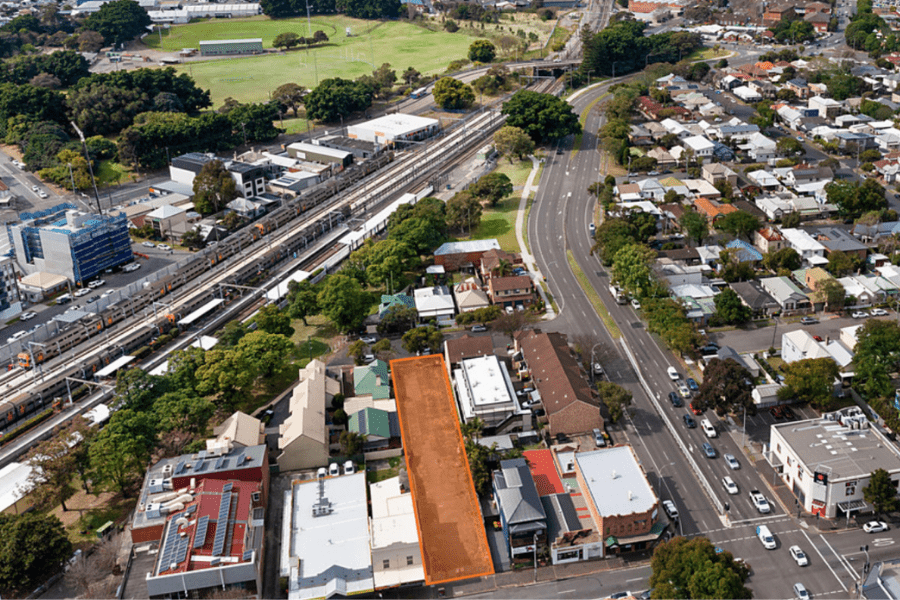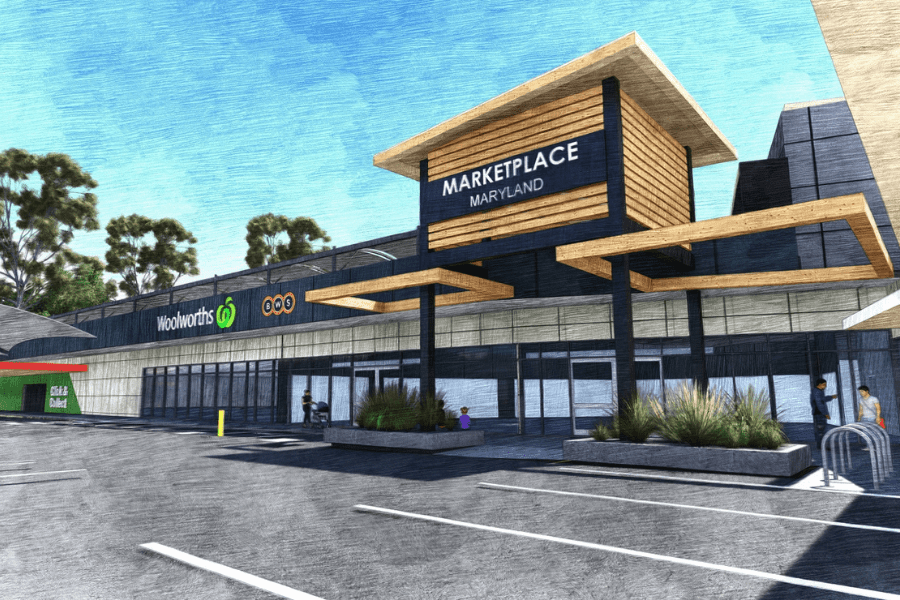
Upcoming Commercial Property Trends for 2024
With 2023 now officially behind us, we take a moment to reflect on the noteworthy changes in the Industrial and Commercial markets that have shaped investment and leasing opportunities in our region. The Industrial market has experienced continued strong demand for newly constructed, functional facilities, while the Commercial landscape is characterised by a promising supply of investment opportunities and an increasing emphasis on sustainability. In this article, we delve into the trends that defined 2023, offering insights into what these developments might signify for 2024.
The Industrial market maintains its resilience
The Industrial market continues to increase in demand for both A and B Grade investment assets, creating an engaging landscape of opportunities. A Grade assets yield a steady 5.75% to 6.5%, while B Grade assets offer slightly higher returns ranging from 6.5% to 7%. What's truly noteworthy is the leasing market, with vacancy rates consistently below 3% in most industrial precincts with the rate per square metre ranging from $150 to $200 (plus GST), painting a picture of a market in high demand.
The completion of ongoing projects is anticipated to introduce some relief for buyers through the increase in the supply of strata units. Projections add an interesting layer to this narrative, suggesting that units sized between 30sqm to 80sqm could command up to $450, while larger units spanning 100sqm to 300sqm are expected to stabilise at around $180 to $250 per square metre.
Demand for industrial land has stabilised to increase slightly in comparison to the previous two years which have witnessed exceptional growth. The supply of industrial land available for sale remains limited with the expected supply over the next 12 months to be available through the resale from private developers who acquired industrial land off-the-plan over the last four years.
The Commercial market has seen some dynamic shifts
The Commercial market has seen a significant influx of investment assets, spanning both A and B Grades. The promise of additional stock entering the market in the upcoming year aligns seamlessly with a growing demand for environmentally sustainable and highly rated ESG buildings, reflecting an industry attuned to evolving priorities. A Grade assets stand out with yields ranging from 5.75% to 6.5%, while their B Grade counterparts yield between 6.5% and 7.5%, offering investors a spectrum of strategic choices.
On the Commercial leasing side, A Grade buildings continue to be highly sought after, with significant interest from local inquiries dominating the scene. The allure is underscored by average rates per square metre, a testament to the premium quality of properties available in the market, ranging between $500 to $600.
B grade assets witnessed an initial surge in growth in early 2023, but have now encountered an obstacle with the rising vacancy rates, which currently stand at a significant 11.5%. This was anticipated by the Property Council of Australia, which also stated that the demand for these assets in Newcastle has not declined, but rather, the increase in available stock is what is causing the increases in vacancy rates locally. As for C grade office buildings and retail spaces, the impact of Covid is still being felt and this presents distinctive challenges, with demand intricacies that are influenced by location nuances. The higher grade stock is clearly preferred by customers due to the extensive range of options available, which is not comparable to the limited selection offered by lower grade options, which in turn is producing more incentives to attract more interest.
What does this mean for 2024?
As the Industrial and Commercial markets evolve, the landscape in 2024 presents new opportunities and challenges. From insights gathered over the past 12 months, here are the key takeaways as we kick off 2024:
- The Industrial market is expected to remain strong, marked by escalating demand for both A and B grade investment assets, with a tight leasing market indicative of high demand.
- The completion of ongoing projects is expected to increase the supply of strata units in the Industrial sector. This increase in supply could potentially lead to a more competitive market and impact rental rates in certain areas.
- The Commercial market's emphasis on sustainability and environmentally conscious practices indicates a growing awareness of ESG considerations. Investors and developers should continue to integrate sustainable features into their projects to meet market demands.
- A Grade buildings are likely to remain in high demand, supported by premium rates reflective of their quality. Investors may find strategic opportunities in A Grade assets, while developers should consider incorporating high-quality features to attract tenants.
- Despite ongoing challenges, the steady quarterly improvements for C Grade office buildings and retail spaces signal positive trends. Local businesses navigating uncertainties, including those related to COVID-19, may find opportunities in these spaces.
- The promise of increased stock, sustainability initiatives, and the adaptability of local businesses collectively set the stage for a dynamic market environment. Investors and businesses should stay agile, monitoring market shifts and adapting strategies to leverage emerging opportunities.
For more information about the Newcastle and the greater Hunter Region Commercial and Industrial market, please contact us today.





